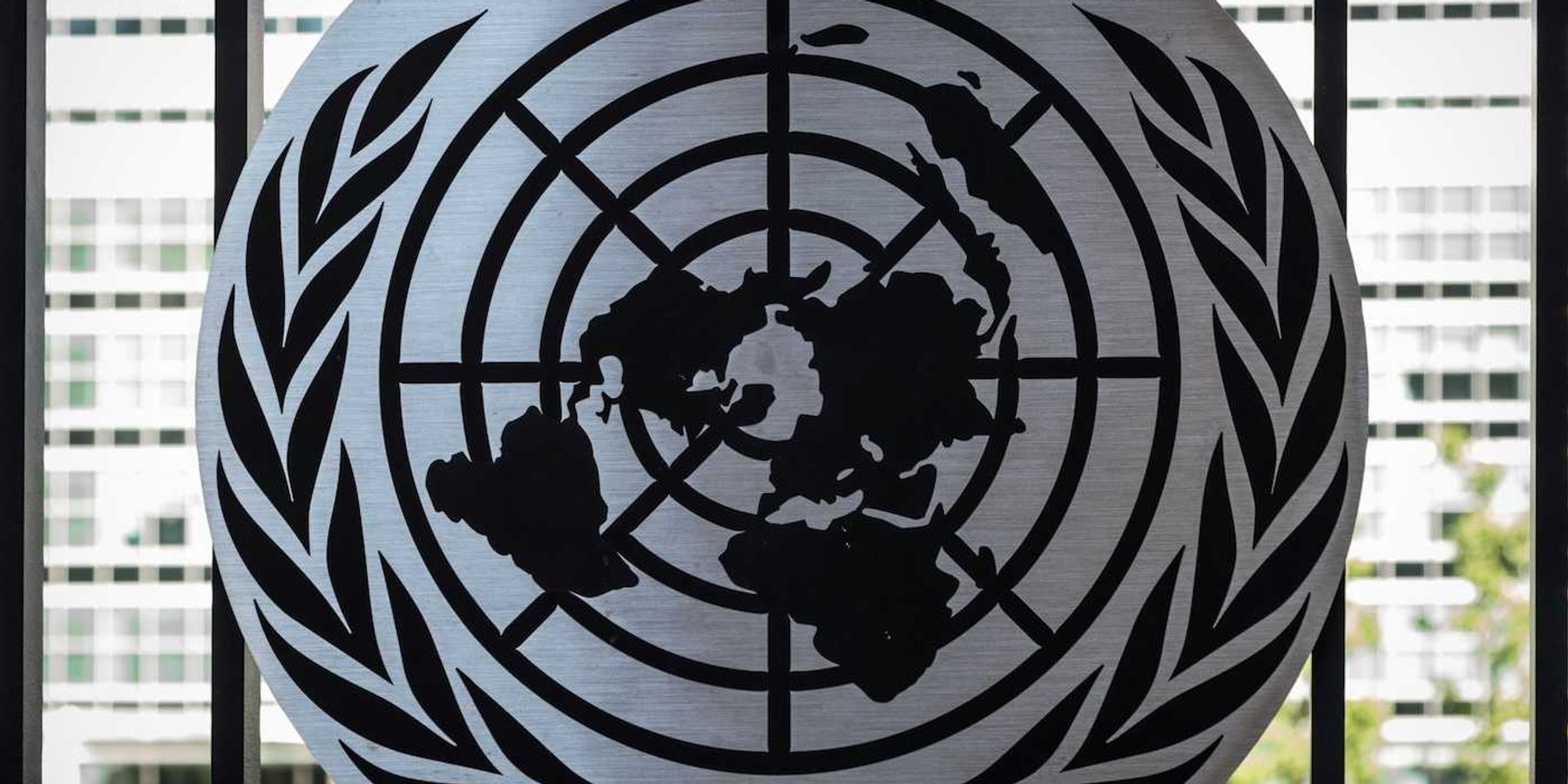southeast asia
US-China trade tensions hit Southeast Asia’s solar industry, impact EU
US tariffs on Southeast Asian solar panel exports may disrupt Chinese-owned solar companies in the region, complicating the EU’s solar expansion efforts.
In short:
- Southeast Asian solar producers face rising US tariffs, which could reduce solar panel exports to the US.
- Chinese solar firms in the region have scaled back operations, affecting the EU’s solar manufacturing ambitions.
- Some manufacturers are shifting production to other Southeast Asian nations not currently facing tariffs, like Indonesia and Laos.
Key quote:
"Southeast Asian solar panels could flood the EU market as they are squeezed out of the US."
— Indra Overland, head of the Norwegian Institute of International Affairs' Center for Energy Research
Why this matters:
US tariffs could undermine the EU's solar industry by increasing competition from Southeast Asia. These shifts may also reshape global solar supply chains, influencing renewable energy access worldwide.
Related: American solar firms request federal action against Asian competitors
Southeast Asia leads in disaster preparedness despite vulnerability
A Gallup survey reveals that Southeast Asia, one of the most disaster-prone regions, is also among the best prepared to handle natural disasters.
In short:
- Southeast Asia has high disaster preparedness despite frequent exposure to natural hazards like earthquakes and typhoons.
- The region's success is linked to effective early-warning systems, community approaches, regional cooperation and access to disaster finance.
- Wealth is not the key factor in preparedness, as Southeast Asia, with lower-middle-income countries, surpasses wealthier regions.
Key quote:
Southeast Asia is "a region that clearly has much to teach the world in terms of preparing for disasters.”
— Ed Morrow, senior campaigns manager for Lloyd’s Register Foundation
Why this matters:
Southeast Asia’s effective disaster preparedness strategies could serve as a model for other regions. Learning from these practices could help save lives and reduce damage globally.
Related EHN coverage:
Balancing sustainability and economic needs in Southeast Asia's energy transition
Indonesia and Vietnam face the intricate task of aligning their green aspirations and financial strategies with the existing commitment to numerous coal-powered energy projects.
In short:
- Indonesia and Vietnam are struggling to align their sustainable energy goals with the economic implications of phasing out coal plants.
- Financial aid through the Just Energy Transition Partnership is pivotal, but the effective application of these funds remains a complex task.
- The existing and planned coal power infrastructure in these countries complicates their ambitious renewable energy targets.
Key quote:
"Energy transition is a matter of public interest. JETP is one of the initiatives within Indonesia's broader energy transition efforts. Therefore, we would like the public to have access to the draft before it is finalized in the hopes that we may receive as much input as possible."
— Edo Mahendra, Indonesia's JETP Secretariat head
Visit EHN's energy section for more top news about energy, climate, and health.
Can Southeast Asia afford to retire its coal plants?
Climate change and the shift to cleaner energy push Southeast Asia to finally start sharing power
Amid record heat, even indoor factory workers enter dangerous terrain
Spring brings record heat to Europe, North Africa, Southeast Asia
A hot spell in Southeast Asia has broken all-time heat records. It comes on the heels of a record-breaking heat wave in Southern Europe and North Africa that scientists say was “almost impossible” without climate change.









